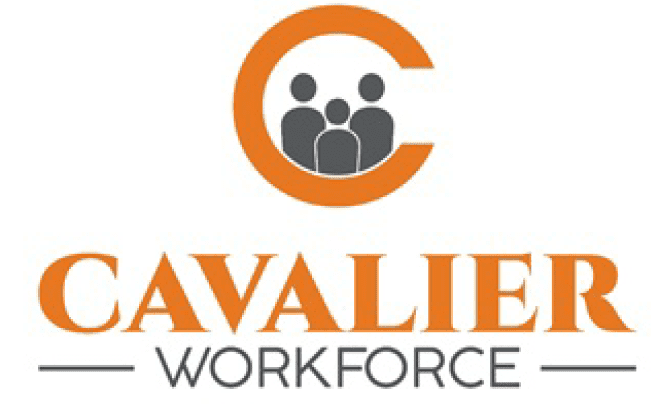Cavalier Workforce is a next generation contingent workforce management company and we fully leverage artificial intelligence in our business processes to bring game-changing economies for our clients. Find out how.
Artificial Intelligence in talent management
Artificial Intelligence is about creating intelligent machines that simulate human thinking. The science of AI has evolved from advances in machine learning.
On May 11, 1997, an IBM computer called IBM ® Deep Blue ® beat the world chess champion after a six-game match: two wins for IBM, one for the champion and three draws. The success of Deep Blue charted the beginning of the machine learning revolution
Since 1997, AI methods and tools have come on immeasurably., leading to rapid adoption.
According to a recent report by KPMG titled ‘Thiving in an AI World,’ seventy-nine percent of executives say AI is at least moderately functional within their organization.
Consulting firm PWC, suggests that AI could contribute up to $15.7 trillion to the global economy in 2030. Of this, $6.6 trillion is likely to come from increased productivity.
Broadly half of organizations surveyed by McKinsey say they have adopted AI in at least one function and over half of those adopters claimed their use of AI reduced costs.
One of the chief reasons for the rapid pace of AI adoption in recent years has been the democratization of AI development tools and the growing technical competencies that exist in the workforce. Another factor has been the consequence of talent shortages and wage cost increases driving companies to consider optimizing or displacing human task fulfilment and decisioning with software robots.

What can you do with AI to gain a business advantage?
To apply digital technologies to improve your business outcomes requires solutions that are bite-size, retrofittable, configurable (i.e., not requiring customization), and easily rolled out. From the early stage adopters of 2019 and 2020, a blueprint of where AI is finding a home in the enterprise is becoming clearer. There are four main roles emerging for AI in the enterprise stack:
1. To automate manual tasks—for example, to use AI to automate the aggregation of data, to validate or generate reports.
2. To help people to perform tasks faster and better—for example, using AI-driven on-screen ‘prompters’ in call centres to advise customer service agents on how best to respond to requests.
3. To help people to make better decisions—such as helping humans make sense of large volumes of data, or canvas a larger data-set (that would’ve previously been uneconomic).
4. To automate decision making processes and remove the ‘human-from-the-loop’—for example, to blend AI with chatbots and design online application journeys that automate enquiry resolution by responding to answers provided by the requestor.

AI in talent management
The talent industry is likely to be more effected by AI innovations in 2020 than any other aspect of the economy. At Cavalier Workforce, we bring access to the latest AI-based software platforms for sourcing, matching, background checking, onboarding and skills checks… for instant savings.
Talent remains the biggest resourcing cost for the majority of businesses. It’s also one of the more inflexible aspects of organizational designs, which means when markets contract and scale, re-sizing and equipping talent supply is one of the more costly adaptations. That’s not good news for executive teams facing an unpredictable future outlook.
There are a number of AI use cases in talent management. These include:
#1 Triaging requirements
There are many ways jobs can be done these days in the enterprise including software robots, automation, contract hires, outsourcing, knowledge portals, crowd sourcing, and employment. AI tools are great for removing emotion from decisioning to recommend the best way to get a job done based on the scope and type of job in question.
#2Vetting applicant CVs
Hiring Managers spend hours, if not days, every year reviewing work applications and pulling out the best people for interview. Much of this work can now be done using AI tools with the added benefits of removing biases in the selection process.
#3Background and compliance checks
IC compliance and other forms of pre-hiring/employment checks are something that benefit from AI tooling to expose failings in applications and learn from previous errors and circumstances to fine-tune the filtering process.
#4 Qualifying skills
Similar to the above, many companies now are moving the online skills and competency tests as more and more recruiting goes virtual. AI-driven validation tools are able to vet applicant skills and make recommendations; work that would otherwise need to be done manually.
#5 Managing onboarding enquiries
The use of AI-driven chatbots are becoming more popular in use cases like customer service, help desks and workforce support situations. There are many occasions when new hires have questions that require quick responses (on topics such as policies, insurance, payroll, timesheet submissions, who to speak to, starting dates and arrangements, etc.) that AI tooling is now stepping up to serve through chatbots.


Recent Comments